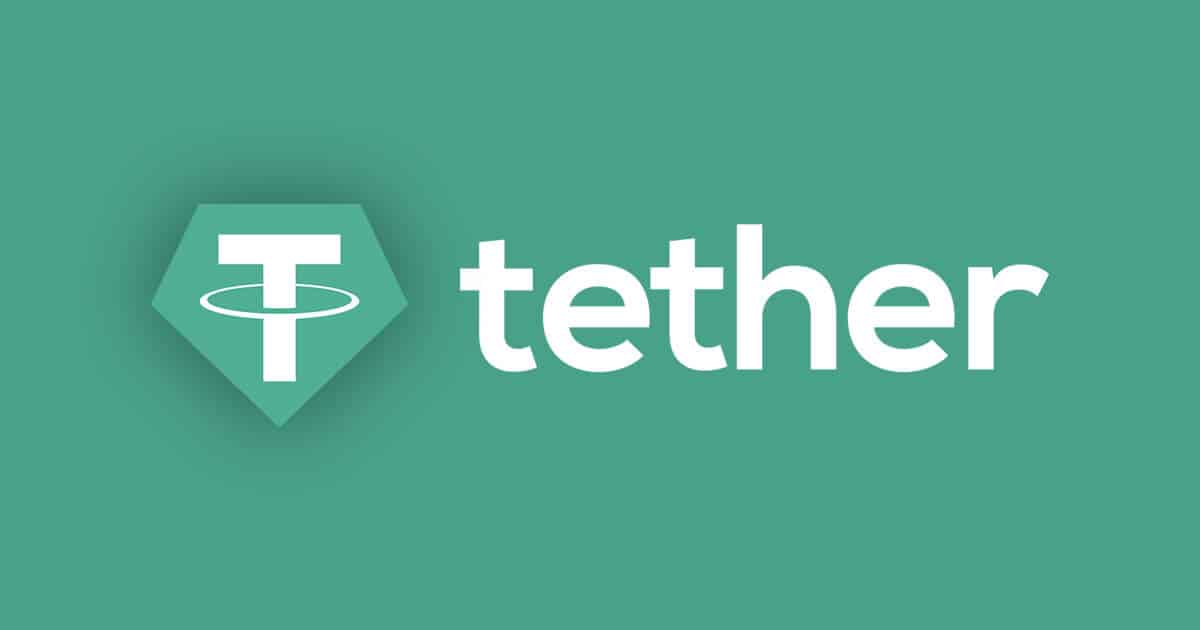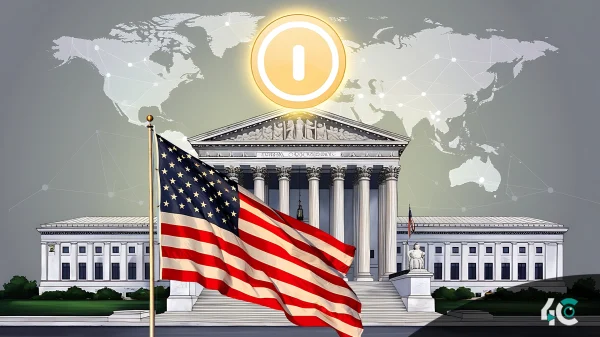Tether Holdings Limited, the company behind the USDT stablecoin, has announced a record profit of $5.2 billion for the first half of 2024, as per its latest quarterly attestation report. The report, verified by global accounting firm BDO, showcases Tether’s substantial financial growth despite long-standing skepticism about its reserves and regulatory challenges.
According to the attestation, Tether holds reserves totaling $118.4 billion against liabilities of $113.1 billion. The company’s net equity stands at $11.9 billion as of June 30, 2024. Notably, Tether’s direct and indirect holdings of U.S. Treasury bills have surged to $97.6 billion, surpassing the Treasury holdings of several countries. During the second quarter of 2024, Tether issued $8.3 billion in USDT tokens and reported $5.3 billion in excess reserves.
Paolo Ardoino, Tether’s CEO, emphasized the company’s dedication to transparency and stability, stating, “With the second quarter attestation of 2024, Tether has once again demonstrated its unwavering commitment to transparency, stability, liquidity, and responsible risk management.”
Despite the positive financial results, questions have arisen regarding Tether’s reported Bitcoin holdings. The attestation indicates Tether held 75,354 Bitcoin in both Q1 and Q2 of 2024. However, Ardoino previously claimed on Twitter that the company holds 80,000 Bitcoin, leading to speculation about potential discrepancies or errors in the report.
Tether’s financial performance is particularly notable given its tumultuous history and regulatory scrutiny. In 2021, Tether and its sister company Bitfinex settled with the New York Attorney General for $18.5 million over allegations of misrepresenting USDT’s backing. This settlement and ongoing debates about the auditability of Tether’s reserves have kept the company under close watch.
The skepticism surrounding Tether intensified in 2022 following the high-profile collapses of FTX and Terra. Many predicted that Tether would be the next major player to fall in the crypto industry. However, Tether’s latest financial reports suggest that the company has not only survived but is thriving.
In addition to its strong financial results, Tether has been reinvesting profits into various sectors, including sustainable energy, Bitcoin mining, AI infrastructure, and peer-to-peer telecommunications. These investments highlight Tether’s ambition to expand its influence beyond the crypto industry.
As stablecoins like Tether’s USDT and rivals such as USD Coin gain rapid adoption, Tether’s role in the financial ecosystem continues to grow. The company’s robust performance and strategic investments indicate its potential to lead the stablecoin industry and further integrate with traditional financial systems.
































